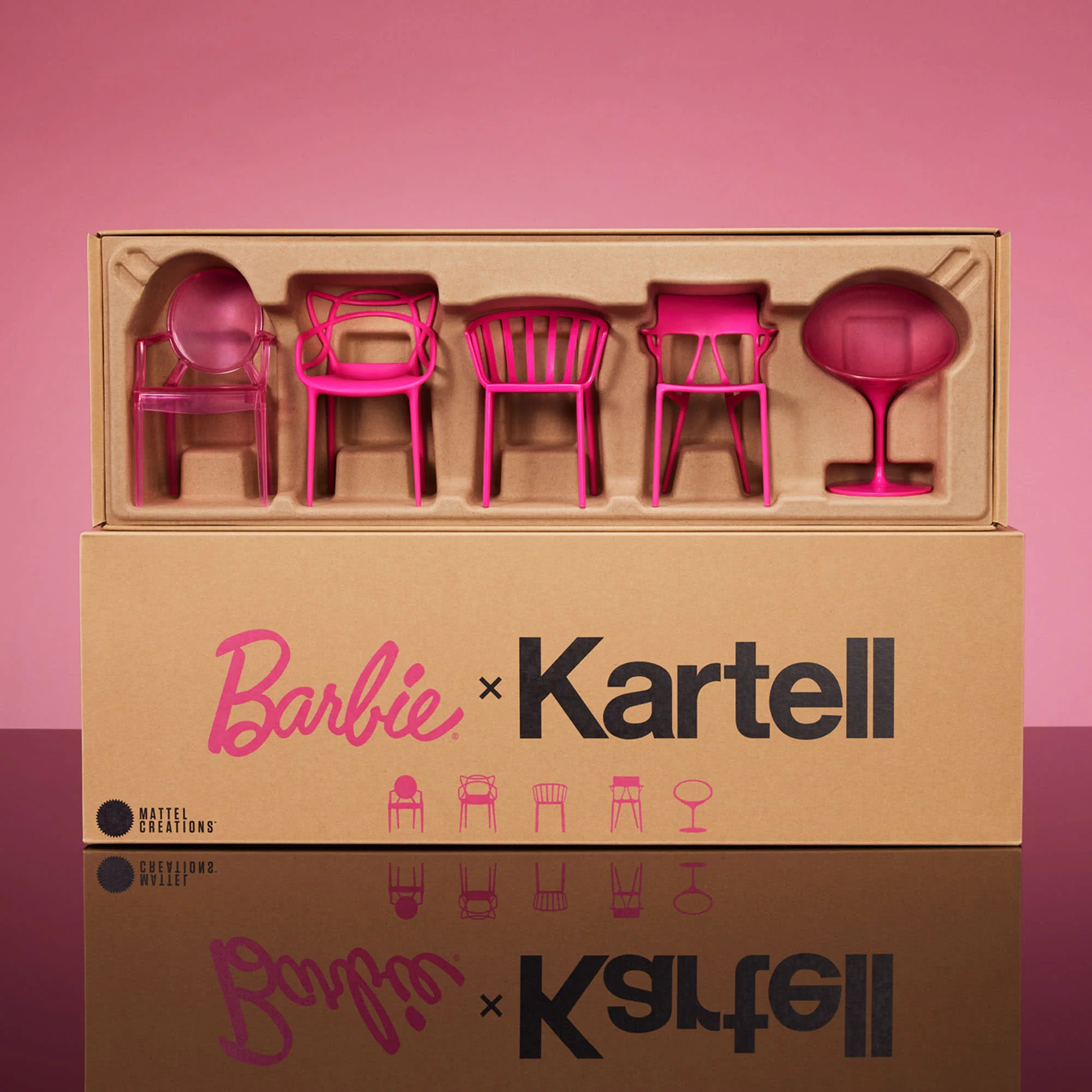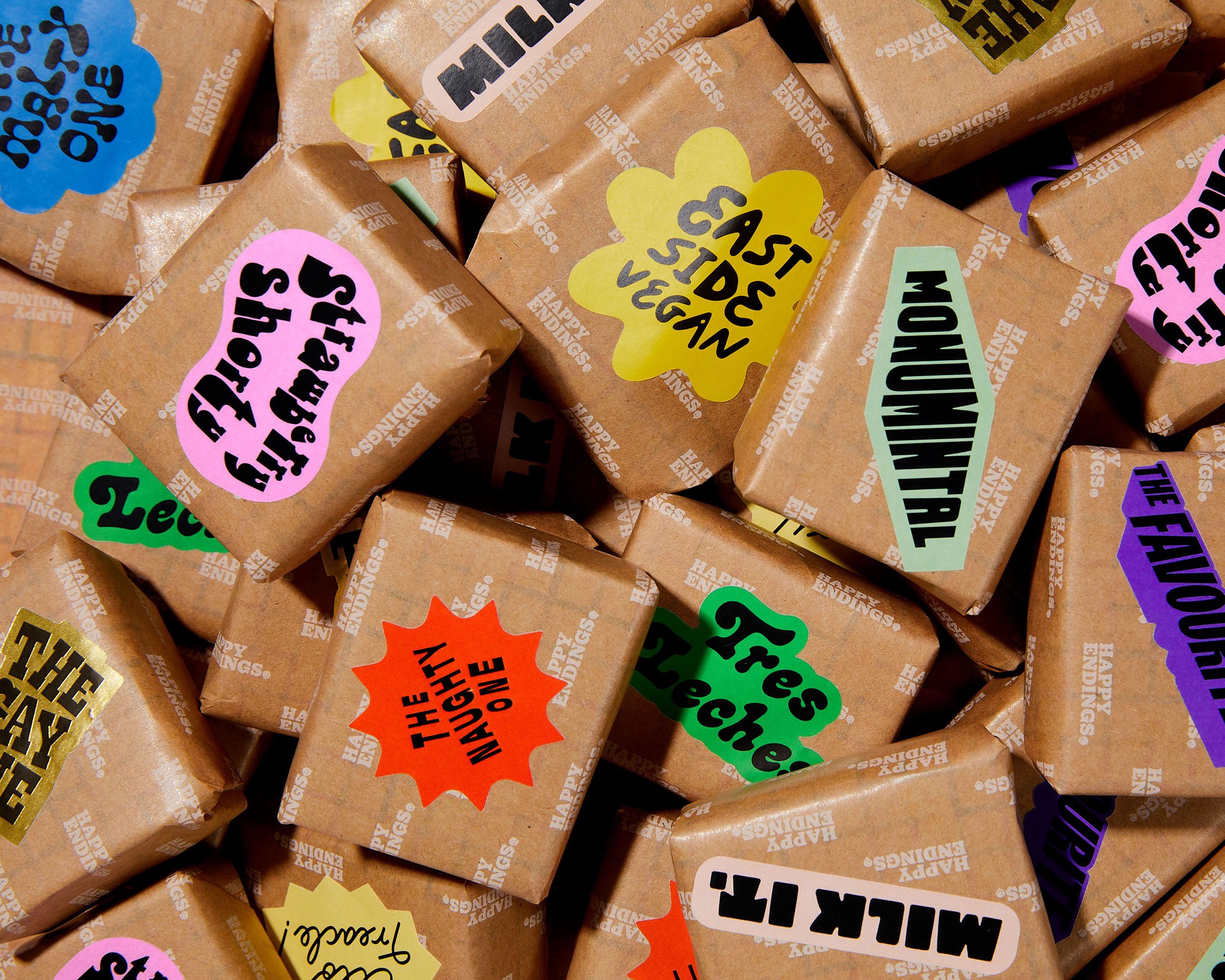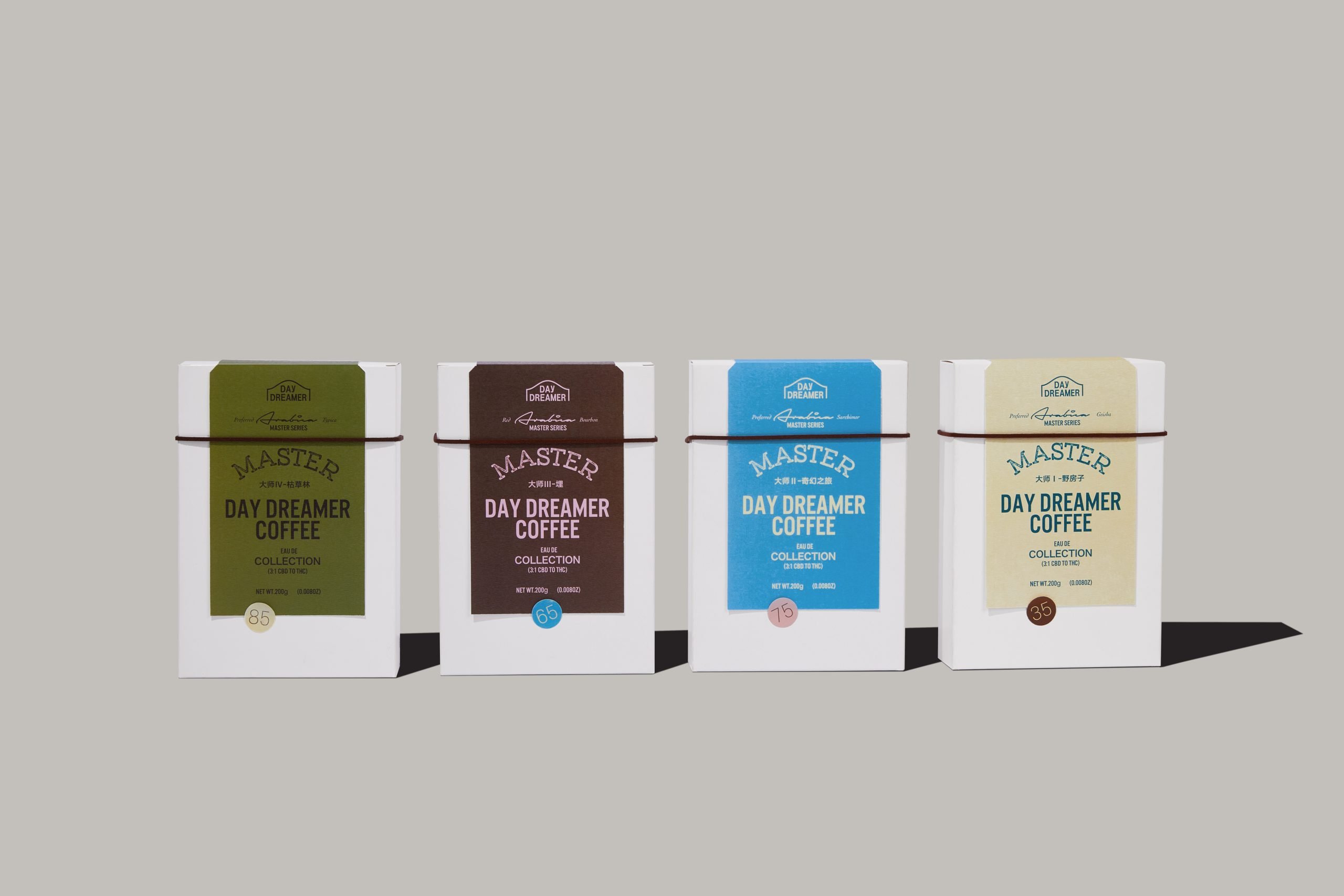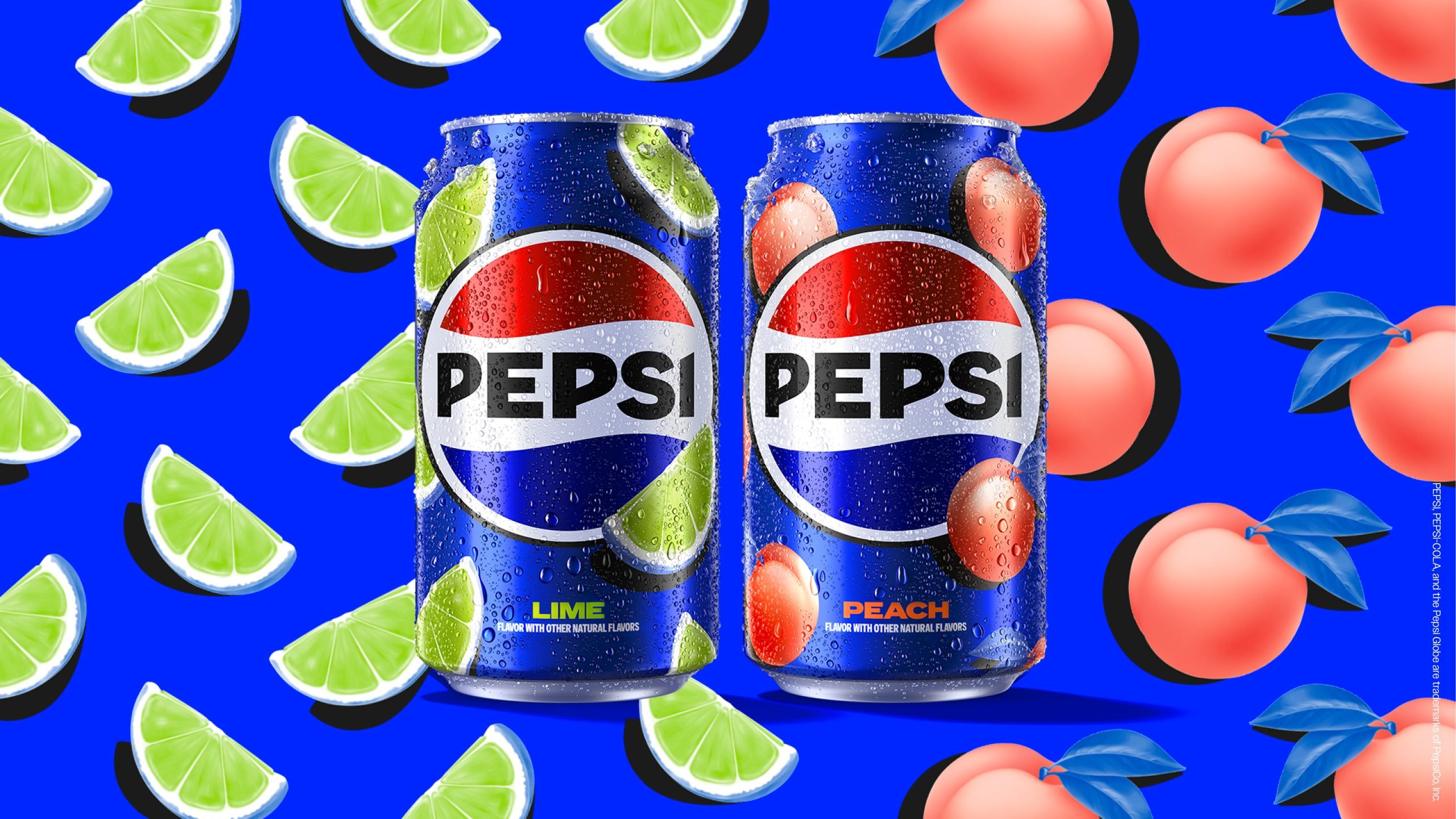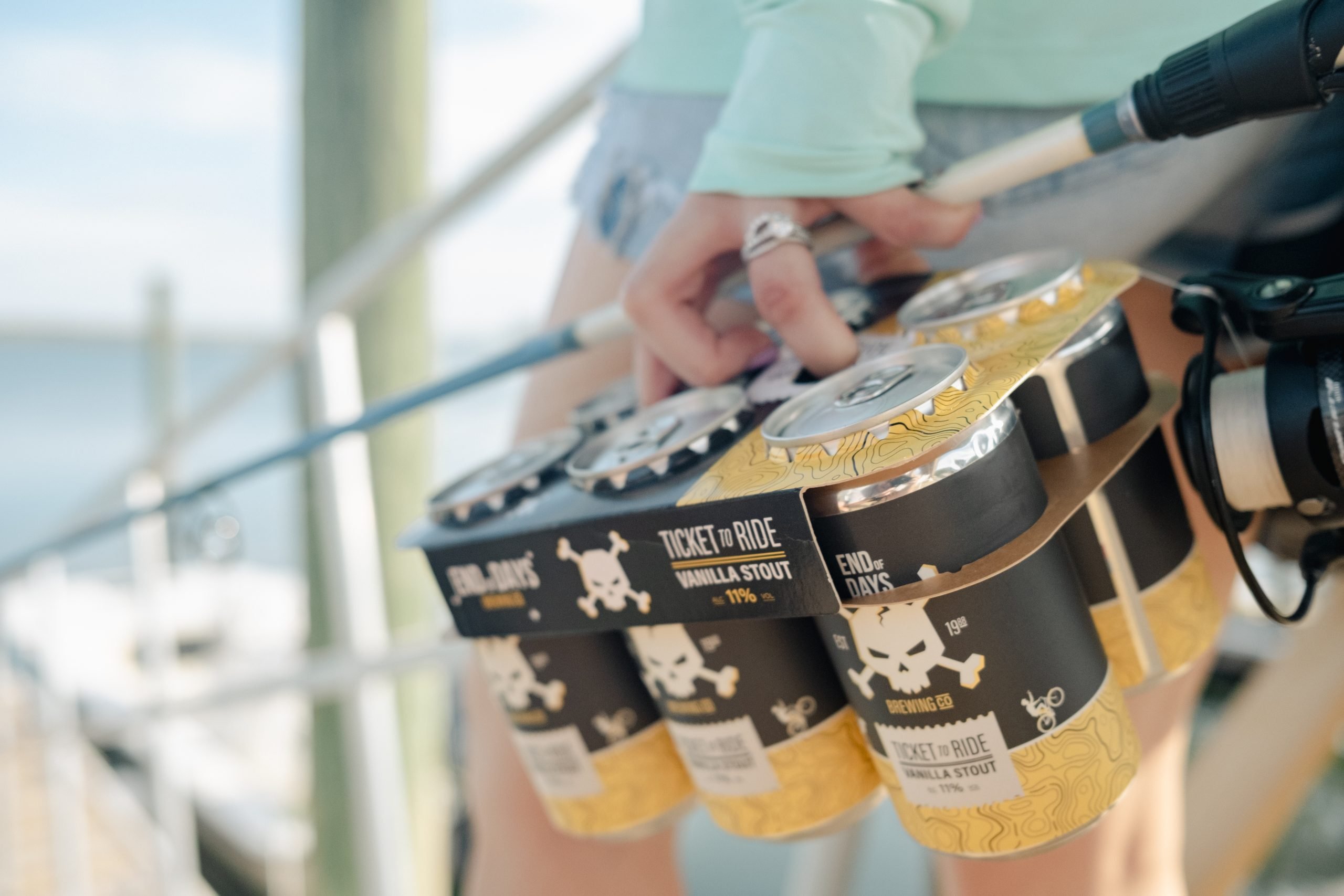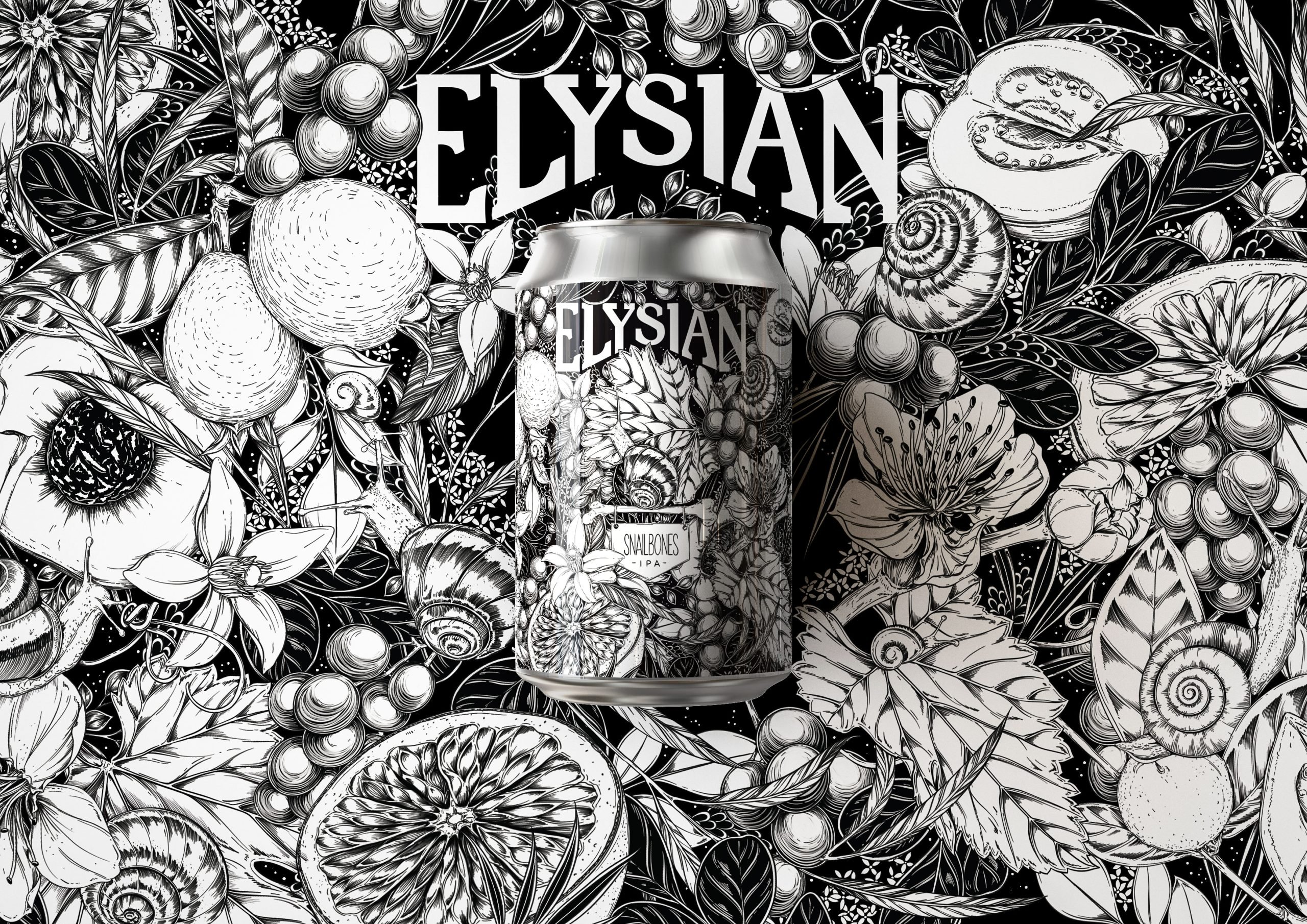Legal cannabis comes with more than a few regulatory strings attached, and for plenty of good reasons as they are meant to satisfy the concerns of the public while providing a safe and legitimate market for consumers. This also allows states to impose taxes on the sale of cannabis which theoretically would be put to use for the benefit of everyone. For example, in Washington state, half the tax revenue collected from cannabis sales go to the Basic Health Plan Trust Account, which subsidizes health care for people that can not afford coverage, while in Colorado, $100 million went to public schools.
Legalization, however, is a double-edged sword as every stakeholder has to be satisfied, from the public and consumers to the industry and the state. Currently, one major issue the industry is facing that doesn’t get a lot of attention concerns sustainable and child-proof packaging. While many companies are moving away from or minimizing plastics in their packaging, for those in the cannabis business, thereâs little choice if they want to stay compliant with new regulations.
While no one is arguing that cannabis shouldnât be packaged in child-resistant packages, the industry is still generating quite a lot of plastic. Typically, medical marijuana was minimally packaged before the passing of Prop 64 in California. Think simple plastic tubes with a label affixed at the store and put into a stapled brown paper bag.
